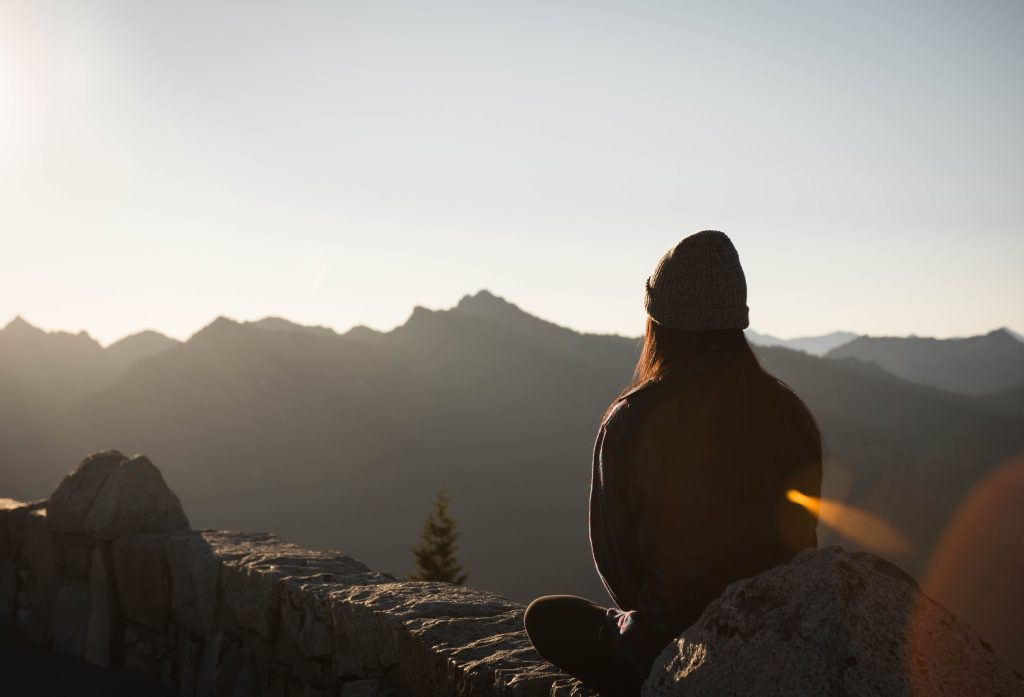12 powerful techniques of relaxation
Introduction
In today’s ever-busy world, it’s important to prioritize relaxation. Relaxation isn’t just about sitting back and relaxing. It’s a practice that nurtures the mind and body. It provides a refuge amidst the hustle and bustle of everyday life. In this article, we’ll look at 12 powerful relaxation techniques that can help you find peace.
Understanding the Importance of Relaxation
Before delving into specific relaxation techniques, it’s crucial to understand why relaxation is essential for our mental, emotional, and physical health.
The Impact of Stress on the Body and Mind
Stress isn’t just a mental condition. It can also affect your physical health, leading to hypertension, anxiety, insomnia, and more. Fortunately, incorporating relaxation into your daily routine can help reduce these adverse effects. By focusing on activities that make you feel relaxed, you can not only protect your mental health but also improve your physical health, which in turn promotes overall wellness.
The Benefits of Relaxation
Relaxing isn’t just about feeling good, it’s also a great way to improve your overall wellbeing. Here are a few of the benefits of relaxation: Relaxing can help reduce muscle tension, which can lead to better sleep and better energy levels. Relaxation can help you focus and concentrate better, which can help you be more productive and creative. Relaxing has a positive effect on your mood and well-being. It can help you feel calm and at ease. When you incorporate relaxation techniques into your life, you’ll find that they can have a positive impact on your physical and mental well-being.
12 Powerful Relaxation Techniques
Now, let’s explore 12 effective techniques for unlocking relaxation and cultivating inner peace.
Mindful Breathing
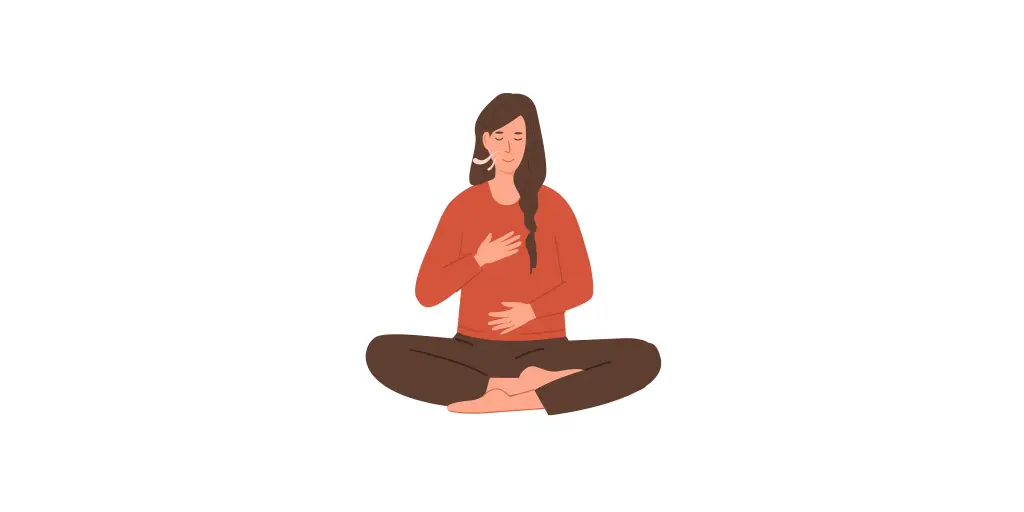
Deep breathing is one of the simplest yet most effective ways to relax and reduce stress. By taking slow, deep breaths, inhaling through your nose, and exhaling through your mouth, your nervous system is activated. This helps to relax your body and reduce your stress hormones. With each deep breath, you release tension, creating a feeling of calm and peace.
Progressive Muscle Relaxation
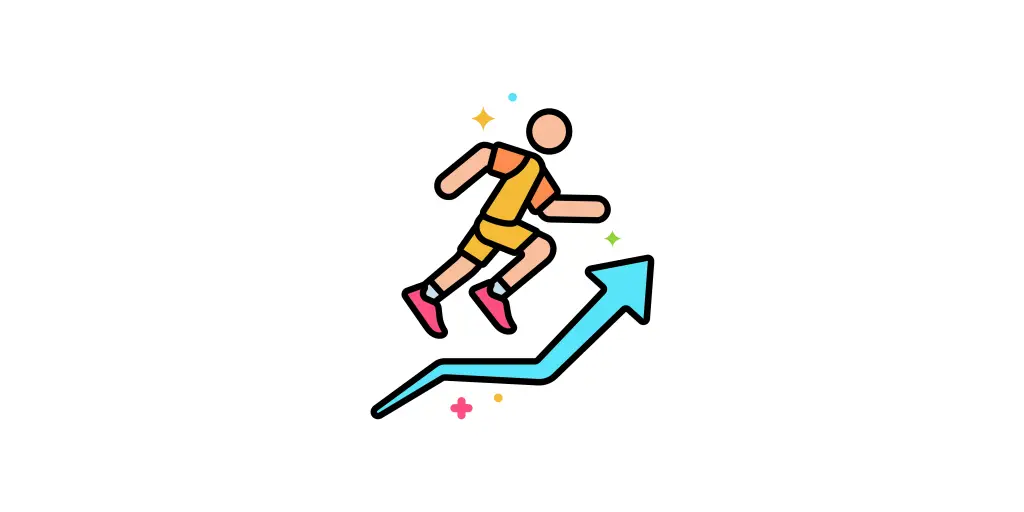
Progressive Muscle Relaxation (PMR) is a systematic relaxation technique that targets different muscle groups throughout the body. PMR involves deliberately tensing a muscle group, such as your toes, for several seconds. Then, you slowly release the tension and focus on how relaxed you feel. You repeat this process from your toes up to your head. Not only does physical tension and release help reduce physical discomfort, but it also promotes mental relaxation by cultivating awareness of your body sensations. PMR allows you to actively participate in the relaxation process. This promotes both physical and mental wellness.
Guided Imagery
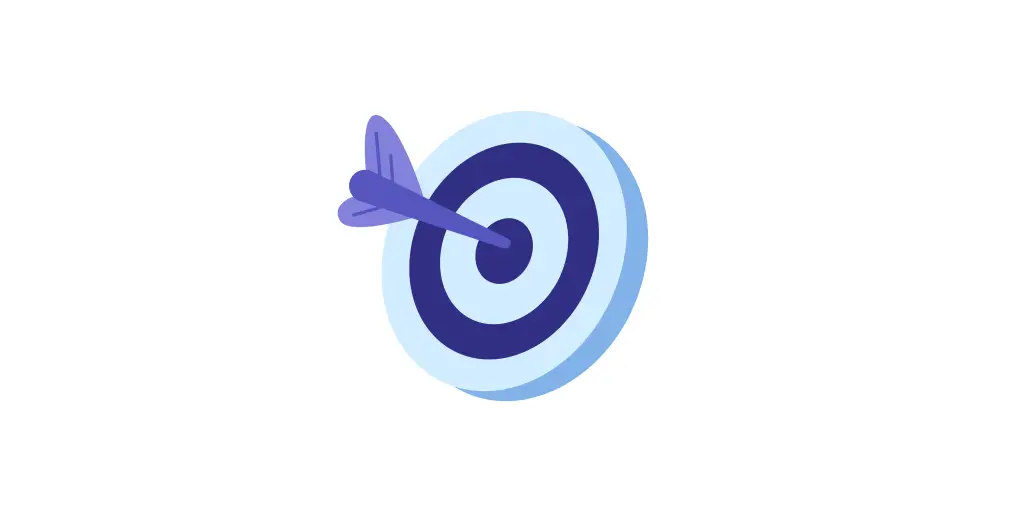
Visualization is also known as guided imagery, and it’s a great way to relax and reduce stress. When you close your eyes and imagine yourself in a calm and peaceful place, like a peaceful beach or a peaceful forest, you create an oasis in your mind. When you bring all your senses into this visualization, such as feeling the warmth of the sand under your feet, or the softness of the breeze against your skin, it’s even more relaxing. This kind of mental escape from everyday life helps you relax and reduce stress, so you can find peace amid chaos.
Aromatherapy
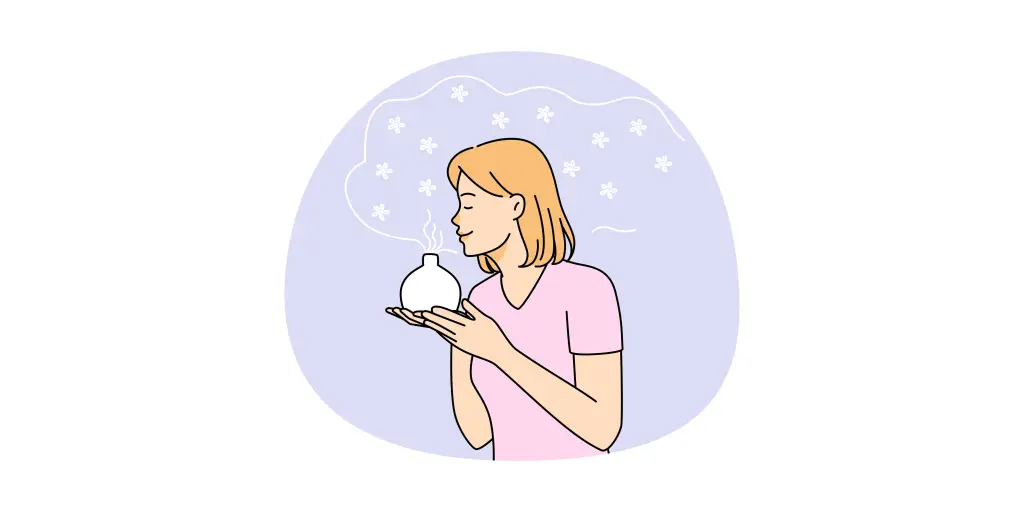
Scent plays an important role in aromatherapy. When you breathe in calming essential oils, such as lavender, cedarwood, and eucalypticum, your body’s natural sense of smell triggers positive emotional responses. When you diffuse these fragrances around your home or office using a diffuser or a candle, you create a relaxing environment. Or, you can add a few drops of these essential oils to your warm bath and feel the soothing properties of these fragrances both in your inhalation and on your skin.
Mindful Meditation
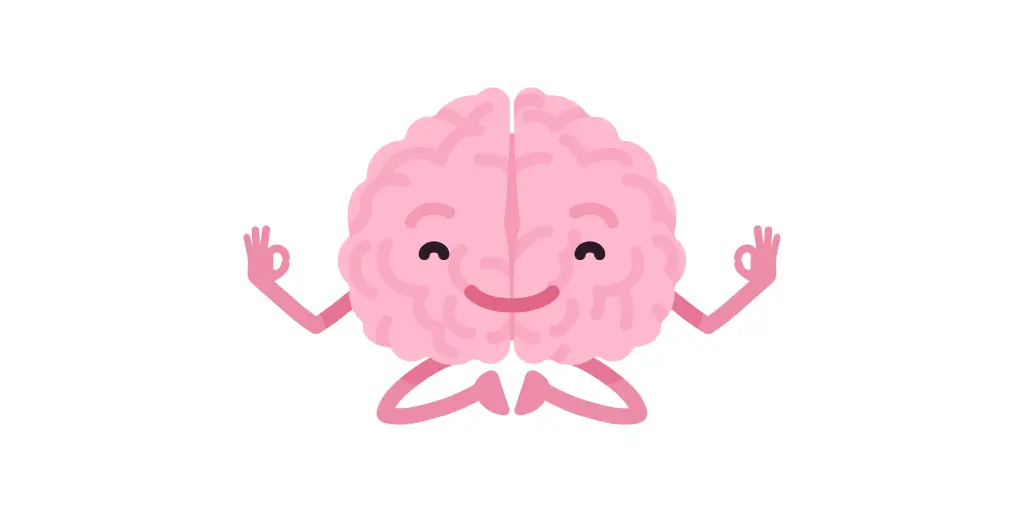
Mindfulness meditation is one of the most powerful ways to achieve inner peace. If you’re looking for a way to practice mindfulness meditation, you’ve come to the right place. Sit down in a peaceful place and focus on your breath. Concentrate on a specific physical sensation and you’re good to go. Mindfulness meditation is all about bringing your mind back to the present when your mind wanders. You don’t need to be judgmental or fixated on passing thoughts. If you practice mindfulness meditation regularly, you’ll develop a state of concentrated awareness that promotes mental clarity and a deep sense of peace. You’ll be able to find peace amid the noise of everyday life.
Yoga and Stretching
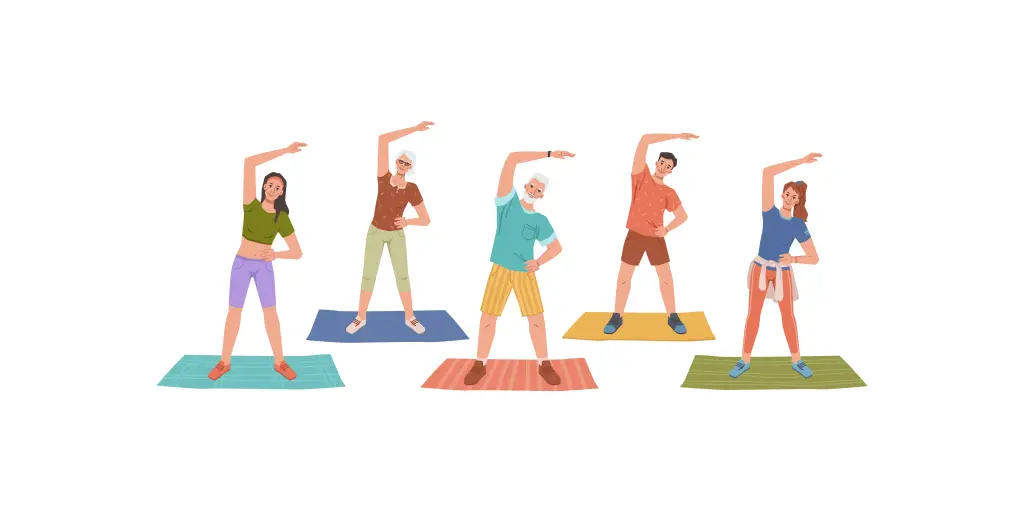
Yoga is an all-encompassing practice that combines yoga poses, controlled breathing, and meditation to help promote physical and mental wellness. When you do yoga poses and stretches, you release tension in your body and find inner peace. As you move through yoga poses, you focus on the relationship between your breathing and mindful awareness. Not only do you improve flexibility, but you also develop a sense of harmony between your mind and body. This practice promotes physical relaxation and promotes a more relaxed state of mind and body.
Digital Detox
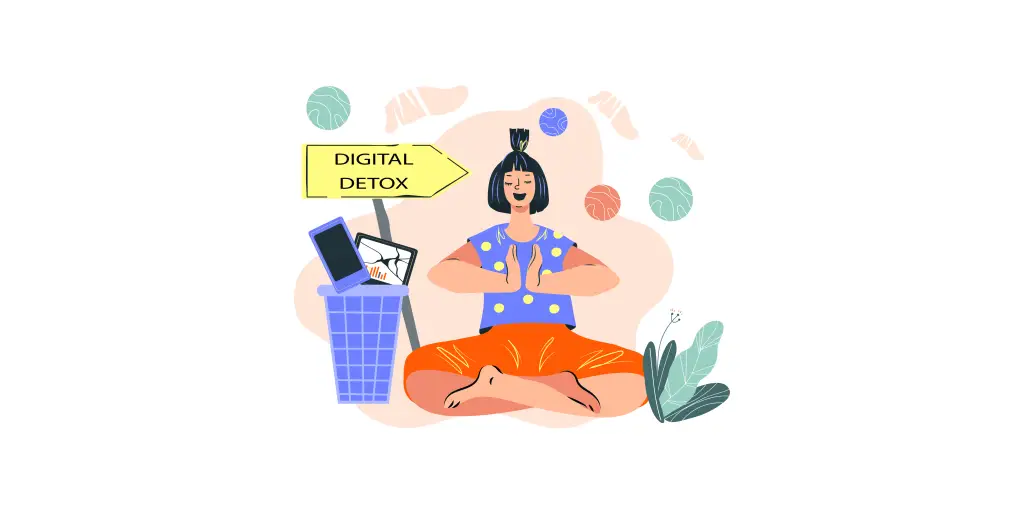
In today’s world where technology is everywhere, taking breaks from your phone, laptop, or tablet is essential for relaxation. It’s also known as a “digital detox”. By setting specific times to take breaks from your devices and setting up technology-free zones around your home, you’re creating a space where your mind can unwind. When you take breaks from your screen, your mind is not bombarded with constant stimulation and information.
Not only does this help reduce stress from your screen, but it also helps improve your mental clarity. This means you’re able to engage in deeper relaxation and feel a greater sense of peace. By setting boundaries and setting priorities for your digital detox, you’ll be able to take back control of your time and build healthier relationships with technology that will improve your overall well-being.
Nature Connection
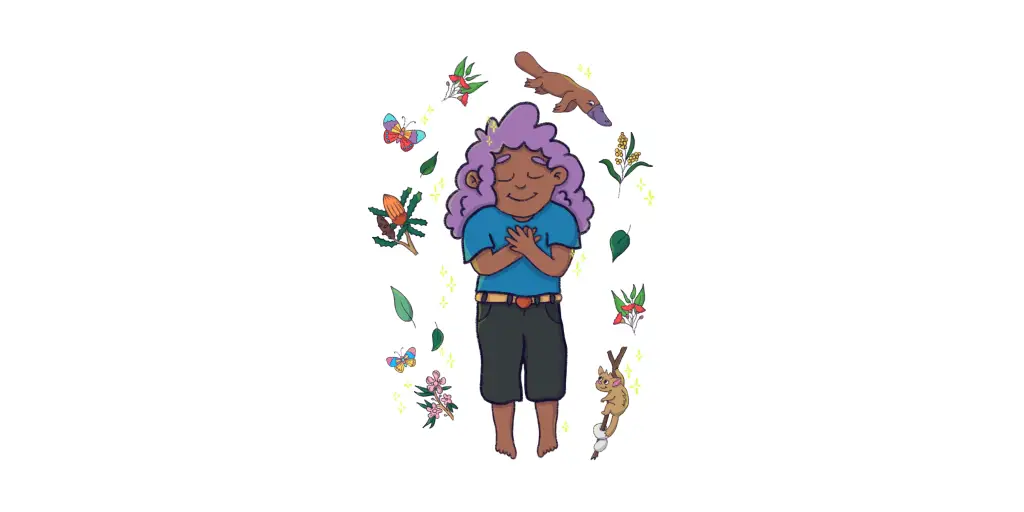
Nature is a great way to relax and reduce stress. Take a stroll in the park, go for a hike in the hills, or just sit back and take in the beauty of nature around you. Studies show that outdoor activities can lower your blood pressure, lower your cortisol (stress hormones) levels, and help you feel more relaxed.
Whether it’s the soothing sound of birds singing, the peaceful sight of trees moving in the wind, or the fresh smell of flowers in bloom, connecting with nature allows you to be in the moment and disconnect from the pressures of everyday life. This connection with the natural world creates a sense of peace which promotes relaxation and improves your overall wellbeing.
Warm Baths
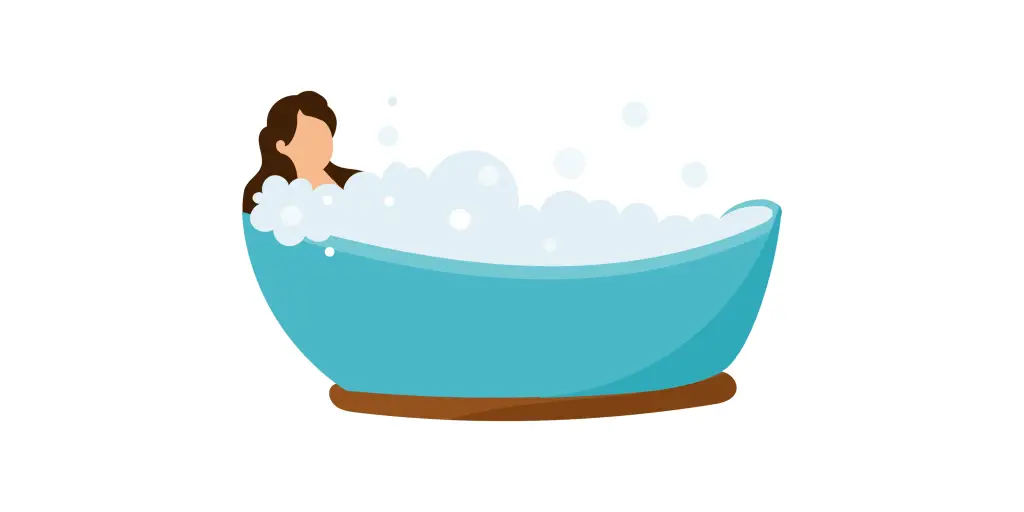
A warm bath, rich in Epsom salts and lavender oil, is one of the most luxurious and effective ways to relax. When you soak in a warm bath, not only do you experience a calming sensory experience, but you also experience physical benefits. Warm water relaxes your muscles, relieves tension, and allows your body to break free from stress. The combination of physical relaxation and sensory relaxation is essential for achieving inner peace and promoting overall wellness. So, next time you’re feeling overwhelmed, consider taking a warm bath. Let your worries melt away.
Journaling
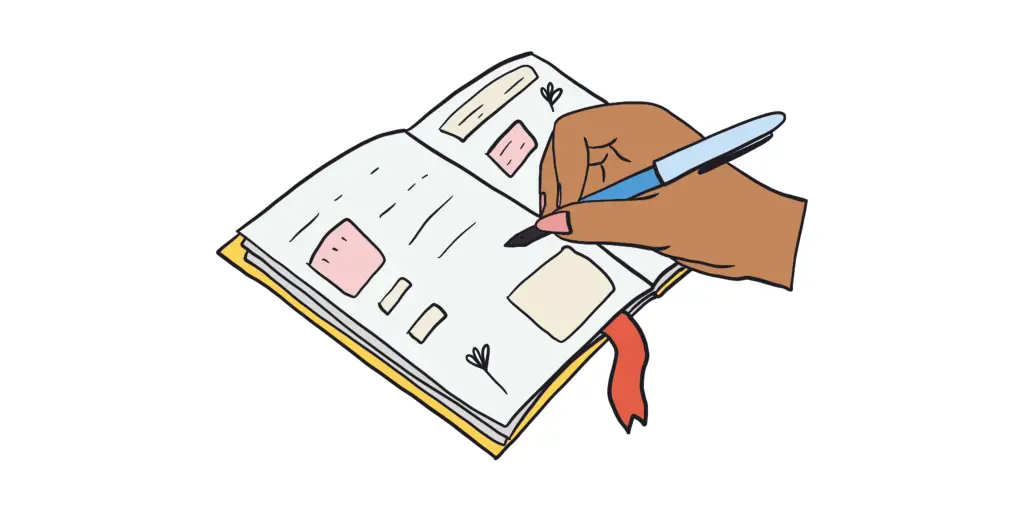
One of the best ways to promote emotional well-being is through journaling. Journaling allows you to express your thoughts, feelings, and experiences in a way that allows you to be honest with yourself, process your emotions, and even learn how to be grateful. You can use journaling to record your day, to explore specific fears, or simply to free-write what comes to your mind. By taking the time to write your thoughts and feelings down in a journal every day, you can create a space for self-expression and self-reflection. This can help you to gain insight, release emotional stress, and gain a better understanding of yourself, all of which can have a positive impact on your emotional well-being.
Art and Creativity

Whether you’re a beginner or an experienced artist, engaging in creative activities can help you relax and find inner peace. When you’re drawing, painting, or crafting, you’re in a state of “flow” where your mind is focused and you’re enjoying what you’re doing. You don’t have to worry about time or anything else because you’re immersed in your creative process. Not only does this give you a sense of peace, but it also gives you a sense of success because you can see the results of what you’ve been working on.
Laughter Therapy
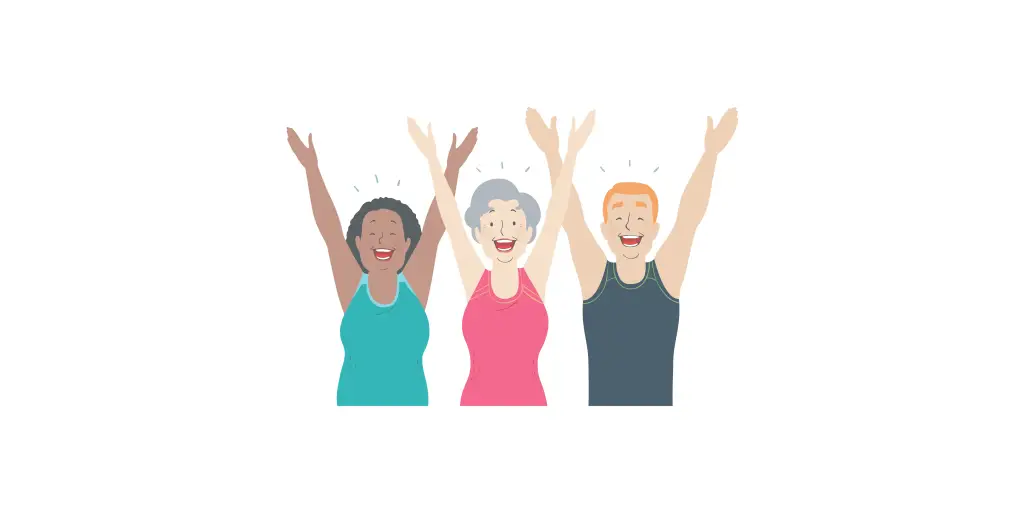
Laughter and play are two of the best ways to relax and de-stress. Whether it’s watching funny movies, having fun with friends or family, or spending time with loved ones who make you happy, adding a little bit of humor to your day-to-day life can do wonders for your mental and physical health. Laughter works as a stress reliever because it releases endorphins.
Endorphins are chemicals in your body that help you feel good. When you laugh, your body releases endorphins that help to relax, lift your mood, and make you feel light. All of this helps you to relax and enjoy the moment. So don’t be afraid to laugh, watch a funny movie, or just surround yourself with positivity and positivity.
Conclusion
Relaxation is a one-of-a-kind experience. It’s an art form that’s tailored to your individual needs and wants. When you incorporate relaxation techniques into your day-to-day life, you’re creating a haven of serenity—a canvas of relaxation that becomes an essential part of your wellness. Whether you’re practicing mindful breathing or laughter therapy, every technique reveals a new brushstroke in your masterpiece of relaxation, allowing you to create your peaceful haven amid life’s ever-changing canvas.
Also Read: Boba Tea: Exploring 6 Global Variations of Tempting Bubble Tea Delights
Quick Answers
What is the best time of day to practice relaxation techniques?
There is no one-size-fits-all answer to this question, as the best time to practice relaxation techniques varies from person to person. Experiment with different times of day and find what works best for you and your schedule.
How long do I need to practice to experience the benefits?
Some people may feel immediate relief after just a few minutes of practice, while others may require more sustained practice over time to notice significant changes.
Can relaxation techniques help with insomnia?
Yes, it can help improve sleep quality and manage insomnia. Practices such as deep breathing, progressive muscle relaxation, and mindfulness meditation can promote relaxation and reduce stress, making it easier to fall asleep and stay asleep.
How can I create a relaxation routine that works for me?
Creating a relaxation routine that works for you involves experimentation, patience, and self-awareness. Start by exploring different relaxation techniques and paying attention to how each one makes you feel. Then, incorporate your favorite techniques into your daily or weekly routine, making adjustments as needed based on your preferences and schedule.
